Blog
Robert Nesta Marley OM (6 February 1945 – 11 May 1981) was a Jamaican reggae singer, guitarist, and songwriter. Considered one of the pioneers of the genre, his music fused elements of reggae, ska, and rocksteady, and he was renowned for his distinctive vocal and songwriting style. Marley’s contribution to music irrefutably increased the visibility of Jamaican music worldwide, and made him a global figure in popular culture. Over the course of his career, Marley became known as a Rastafarian icon, and he infused his music with a sense of spirituality. He is also considered a global symbol of Jamaican musicand culture and identity, and was controversial in his outspoken support for democratic social reforms. He also supported legalisation of cannabis, and advocated for Pan-Africanism. In 1976, Marley survived an assassination attempt in his home, which was thought to be politically motivated.
Born in Nine Mile, Jamaica, Marley began his professional musical career in 1963, after forming the group Teenagers with Peter Tosh and Bunny Wailer, which, after several name changes, would become the Wailers. The group released its debut studio album The Wailing Wailers in 1965, which contained the single “One Love“, a reworking of “People Get Ready“; the song was popular worldwide, and established the group as a rising figure in reggae. The Wailers released an additional eleven studio albums, and after signing to Island Records, the band’s name became Bob Marley and the Wailers. While initially employing louder instrumentation and singing, the group began engaging in rhythmic-based song construction in the late 1960s and early 1970s, which coincided with Marley’s conversion to Rastafari. Around this time, Marley relocated to London, and the group embodied their musical shift with the release of the album The Best of The Wailers (1971).
The group started to gain international attention after signing to Island, and touring in support of the albums Catch a Fire and Burnin’ (both 1973). Following the disbandment of the Wailers a year later, Marley carried on under the band’s name. The album Natty Dread (1974) received positive reception. In 1975, following the global popularity of Eric Clapton‘s version of Marley’s “I Shot the Sheriff“, Marley had his international breakthrough with his first hit outside Jamaica, with a live version of “No Woman, No Cry“, from the Live! album. This was followed by his breakthrough album in the United States, Rastaman Vibration (1976), which reached the Top 50 of the Billboard Soul Charts. A few months after the album’s release, Marley survived an assassination attempt at his home in Jamaica, which prompted him to permanently relocate to London. During his time in London he recorded the album Exodus (1977); it incorporated elements of blues, soul, and British rock and enjoyed widespread commercial and critical success. In 1977, Marley was diagnosed with acral lentiginous melanoma; he died as a result of the illness in 1981, shortly after baptism into the Ethiopian Orthodox Church. His fans around the world expressed their grief, and he received a state funeral in Jamaica.
The greatest hits album Legend was released in 1984, and became the best-selling reggae album of all time. Marley also ranks as one of the best-selling music artists of all time, with estimated sales of more than 75 million records worldwide. He was posthumously honoured by Jamaica soon after his death with a designated Order of Merit by his nation. In 1994, he was posthumously inducted into the Rock and Roll Hall of Fame. Rolling Stone ranked him No. 11 on its list of the 100 Greatest Artists of All Time. and No. 98 on its list of the 200 Greatest Singers of All Time. His other achievements include a Grammy Lifetime Achievement Award, a star on the Hollywood Walk of Fame, and induction into the Black Music & Entertainment Walk of Fame.
more...
Natalie Maria Cole (February 6, 1950 – December 31, 2015) was an American singer, songwriter, and actress. She was the daughter of singer and jazz pianist Nat King Cole. She rose to prominence in the mid-1970s, with the release of her debut album Inseparable (1975), along with the song “This Will Be (An Everlasting Love)“, and the album’s title track. Its success led to her receiving the Grammy Award for Best New Artist at the 18th Annual Grammy Awards, for which she became the first African-American recipient, as well as the first R&B act to win the award. The singles “Sophisticated Lady” (1976), “I’ve Got Love on My Mind“, and “Our Love” (1977) followed.
After releasing several albums, she departed from her R&B sound and returned as a pop singer on the 1987 album Everlasting, along with her cover of Bruce Springsteen‘s “Pink Cadillac“. In the 1990s, she sang traditional pop by her father, resulting in her biggest success, Unforgettable… with Love, which was certified 7× platinum by the Recording Industry Association of America (RIAA). Unforgettable… with Lovewon the Grammy Award for Album of the Year, for which Cole became the first African-American woman to win the award.
Throughout her lifetime, Cole received nine Grammy Awards, was nominated for a Primetime Emmy Award, and sold over 30 million records worldwide. She was awarded the Howie Richmond Hitmaker Award from the Songwriters Hall of Fame in 1999, and has been inducted into the National Rhythm & Blues Hall of Fame (2021), and received a star on the Hollywood Walk of Fame.
more...John Pisano (born February 6, 1931) is an American jazz guitarist.
John Pisano was born in Staten Island, New York on February 6, 1931.
Pisano has worked with Herb Alpert, Billy Bean, Chico Hamilton, Peggy Lee, and Joe Pass.
more...Stars are forming, dying, and leaving an impressive tapestry of dark dusty filaments. The entire Carina Nebula, cataloged as NGC 3372, spans over 300 light years and lies about 8,500 light-years away in the constellation of Carina. The nebula is composed predominantly of hydrogen gas, which emits the pervasive red and orange glows seen mostly in the center of this highly detailed featured image. The blue glow around the edges is created primarily by a trace amount of glowing oxygen. Young and massive stars located in the nebula’s center expel dust when they explode in supernovas. Eta Carinae, the most energetic star in the nebula’s center, was one of the brightest stars in the sky in the 1830s, but then faded dramatically.
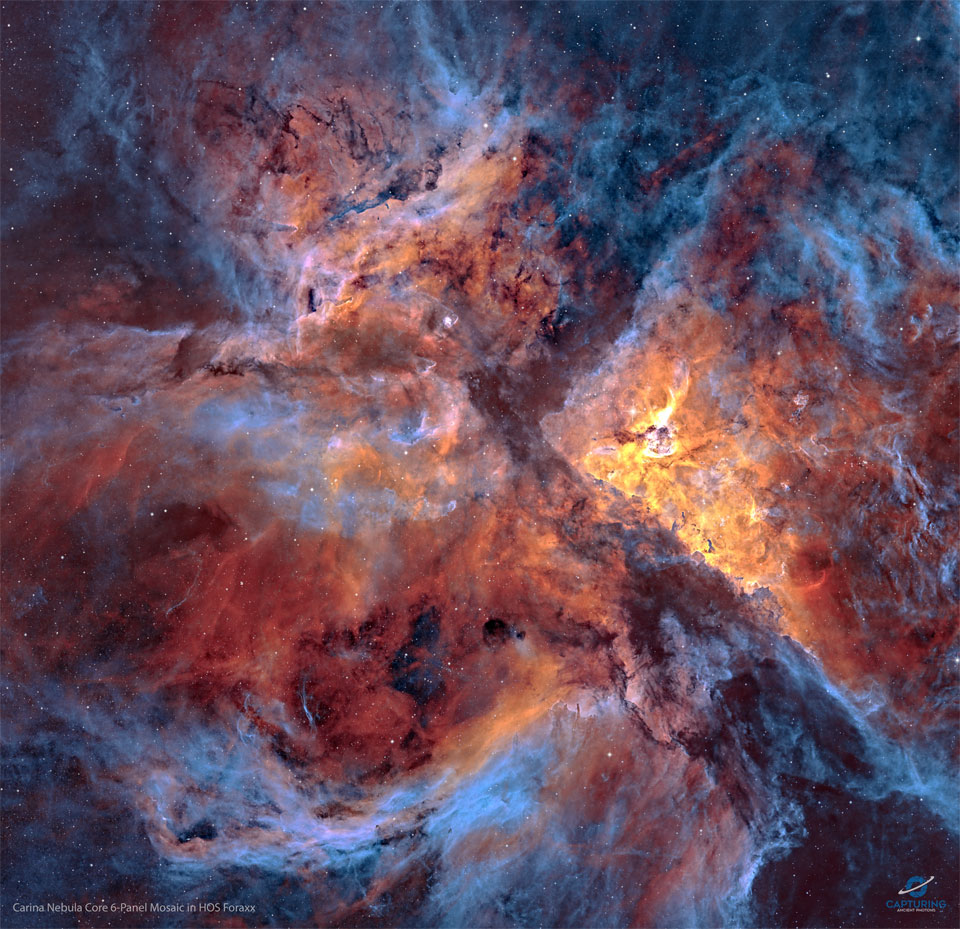
Richard Quentin Laird (February 5, 1941 – July 4, 2021) was an Irish musician, best known as the bassist and a founding member of the jazz fusion band Mahavishnu Orchestra, with which he performed from 1971 to 1973.
Laird was born in Dublin on 5 February 1941 to a musical family. His mother played the piano in a variety of styles and his father played the ukulele; Laird started playing both instruments when he was three. At around five years of age, Laird started formal tuition in the guitar and piano, and he had already started to read sheet music. He soon quit the piano as he did not perform well, which led him to take up painting and drawing. At twelve, Laird began lessons in Spanish guitar, but his teacher used books that he felt were too difficult, so he quit. He then discovered jazz from his mother, who bought her son a pair of drum brushes and made him play along to records.
more...Vincent Peter Colaiuta (born February 5, 1956) is an American drummer known for his technical mastery who has worked as a session musician in many genres. He was inducted into the Modern Drummer Hall of Fame in 1996 and the Classic Drummer Hall of Fame in 2014. Colaiuta has won one Grammy Award and has been nominated twice. Since the late 1970s, he has recorded and toured with Frank Zappa, Joni Mitchell, and Sting, among many other appearances in the studio and in concert.
Colaiuta was given his first drum kit when he was seven. He took to it naturally, with little instruction. When he was fourteen, the school band teacher gave him a book that taught him some of the basics. Buddy Richwas his favorite drummer until he heard the album Ego by Tony Williams, an event that changed his life. Colaiuta was also listening to organ groups, notably Jack McDuff, Jimmy McGriff and Don Patterson.
While a student at Berklee College of Music, when jazz fusion was on the rise, he listened to and admired Alphonse Mouzon and Billy Cobham.
After leaving school, he played local gigs in Boston. He joined a brief tour organized by Al Kooper, then worked in California on an album by Christopher Morris, which Kooper was producing. Although he returned to Boston, Colaiuta was drawn back to California by friends. He took the bus from Boston to Los Angeles during the Great Blizzard of 1978.
more...William Allen Mays (born February 5, 1944), known professionally as Bill Mays, is an American jazzpianist from Sacramento, California.
Mays came from a musical family and at the age of 15 became interested in jazz at an Earl Hines concert.
From 1969 to the early 1980s Mays worked as a studio session musician in Los Angeles. He has been an accompanist to singers Al Jarreau, Peggy Lee, Anita O’Day, Frank Sinatra, Sarah Vaughan and Dionne Warwick, and also worked with artists such as Don Ellis, Mel Lewis, Barry Manilow, Shelly Manne, Bob Mintzer, Red Mitchell, Gerry Mulligan, Art Pepper, Bud Shank, Bobby Shew, Sonny Stitt, Paul Winter, Phil Woods and Frank Zappa.
more...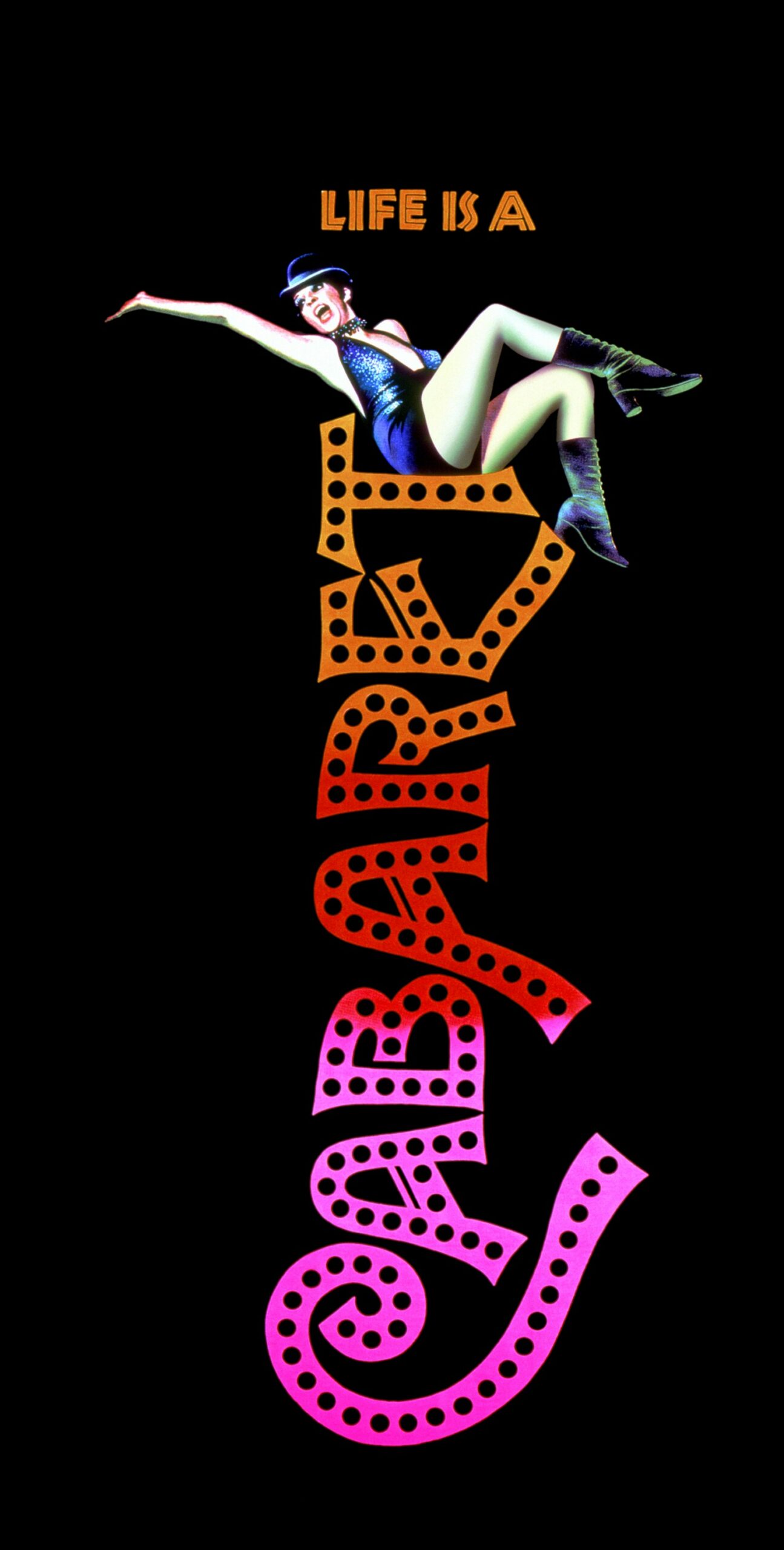
Stars are forming in the gigantic dust pillar called the Cone Nebula. Cones, pillars, and majestic flowing shapes abound in stellar nurseries where natal clouds of gas and dust are buffeted by energetic winds from newborn stars. The Cone Nebula, a well-known example, lies within the bright galactic star-forming region NGC 2264. The Cone was captured in unprecedented detail in this close-up composite of several observations from the Earth-orbiting Hubble Space Telescope. While the Cone Nebula, about 2,500 light-years away in Monoceros, is around 7 light-years long, the region pictured here surrounding the cone’s blunted head is a mere 2.5 light-years across. In our neck of the galaxy that distance is just over half way from our Sun to its nearest stellar neighbors in the Alpha Centauri star system. The massive star NGC 2264 IRS, seen by Hubble’s infrared camera in 1997, is the likely source of the wind sculpting the Cone Nebula and lies off the top of the image. The Cone Nebula‘s reddish veil is produced by dust and glowing hydrogen gas.
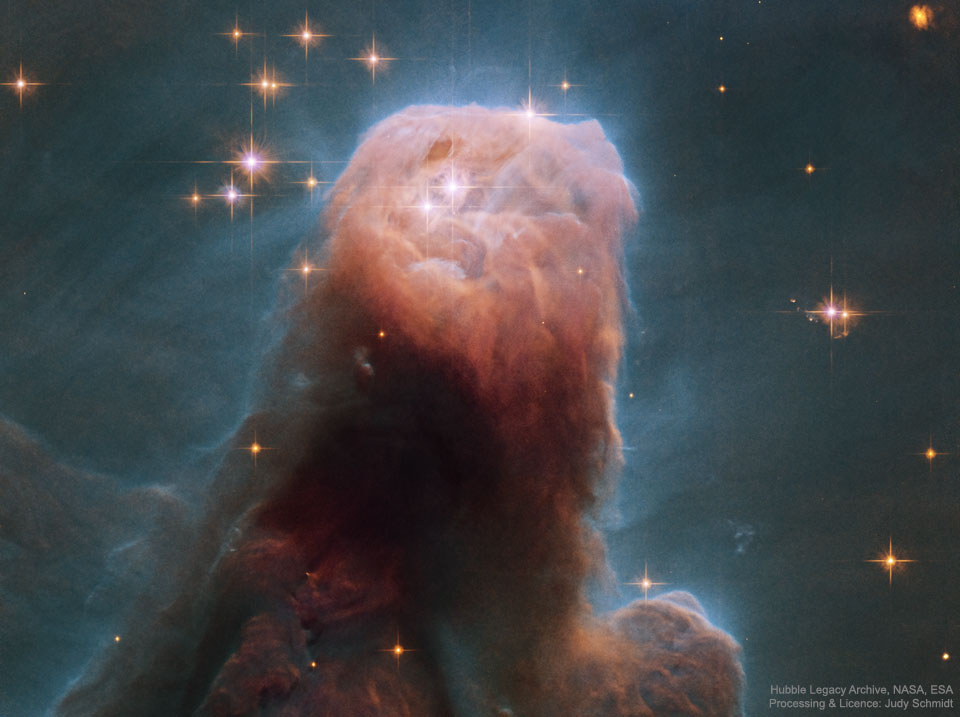
John Stubblefield (February 4, 1945 – July 4, 2005) was an American jazz saxophonist, flautist, and oboist. Stubblefield was born and raised in Little Rock, Arkansas. He studied music at the Association for the Advancement of Creative Musicians with Muhal Richard Abrams in Chicago before moving to New York City in 1971.
more...
Jutta Hipp (February 4, 1925 – April 7, 2003) was a jazz pianist and composer. Born in Leipzig during the Weimar Republic, Hipp initially listened to jazz in secret, as it was not approved of by the Nazi authorities. After World War II, she became a refugee, often lacking food and other necessities. By the early 1950s, she was a touring pianist and soon led her own bands. Critic Leonard Feather heard Hipp perform in Germany in 1954, recorded her, and organized her move to the United States the following year. Club and festival appearances soon followed, as did album releases.
For reasons that are unclear, Hipp’s last recording was in 1956. She started working in a clothing factory, and ultimately cut herself off from the music world. She remained in the United States, and worked for the clothing company for 35 years.
more...The 2nd performance of Cabaret at the Mixed Theater by Theatre 55 Saturday 2-3-24 7pm. Music with Shirley Mier, Lyra Olson, Jeff Ruhnke, Brian Handeland, Bebe Keith and mick laBriola!
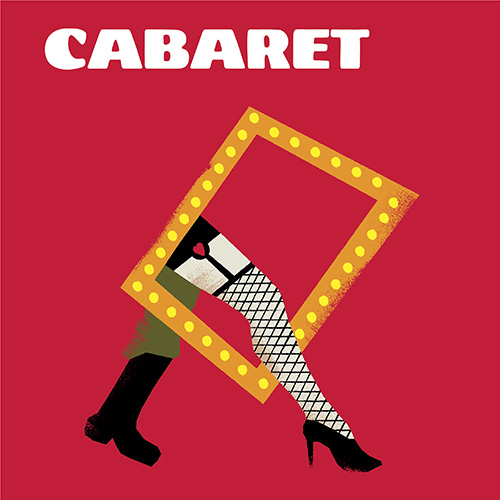
The California Nebula (NGC 1499/Sh2-220) is an emission nebula located in the constellation Perseus. Its name comes from its resemblance to the outline of the US State of California in long exposure photographs. It is almost 2.5° long on the sky and, because of its very low surface brightness, it is extremely difficult to observe visually. It can be observed with a Hα filter (isolates the Hα line at 656 nm) or Hβ filter (isolates the Hβ line at 486 nm) in a rich-field telescope under dark skies. It lies at a distance of about 1,000 light years from Earth. Its fluorescence is due to excitation of the Hβ line in the nebula by the nearby prodigiously energetic O7 star, Xi Persei (also known as Menkib).
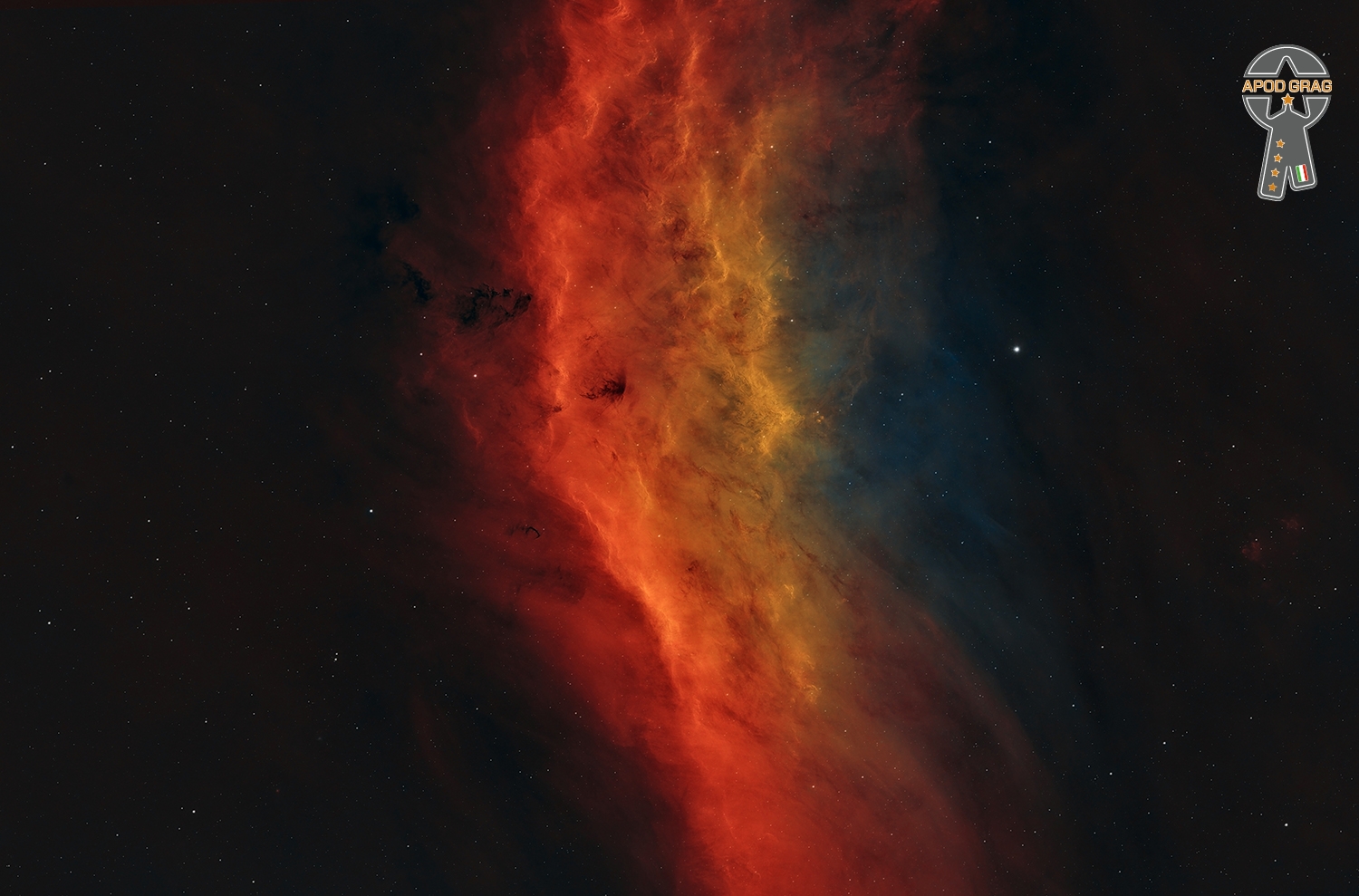
More Posts
- Chuck Israels Day
- Trudy Pitts Day
- World Music with Rahul Sharma
- Daily Roots with Jackie Mitto & The Soul Vendors
- The Cosmos with LL Ori
- Andile Yenana Day
- Jack DeJohnette Day
- World Music with Kalakan
- Daily Roots with the Creations
- The Cosmos with NGC 4388
- Urbie Green Day
- Benny Carter Day
- World Music with Namgyal Lhamo
- Daily Roots with the Mellotones
- The Cosmos with VFTS 682
- Bassekou Kouyate Day
- Rahsaan Roland Kirk Day
- George Van Eps Day
- World Music with Simon Shaheen
- Daily Roots with Errol Dunkley